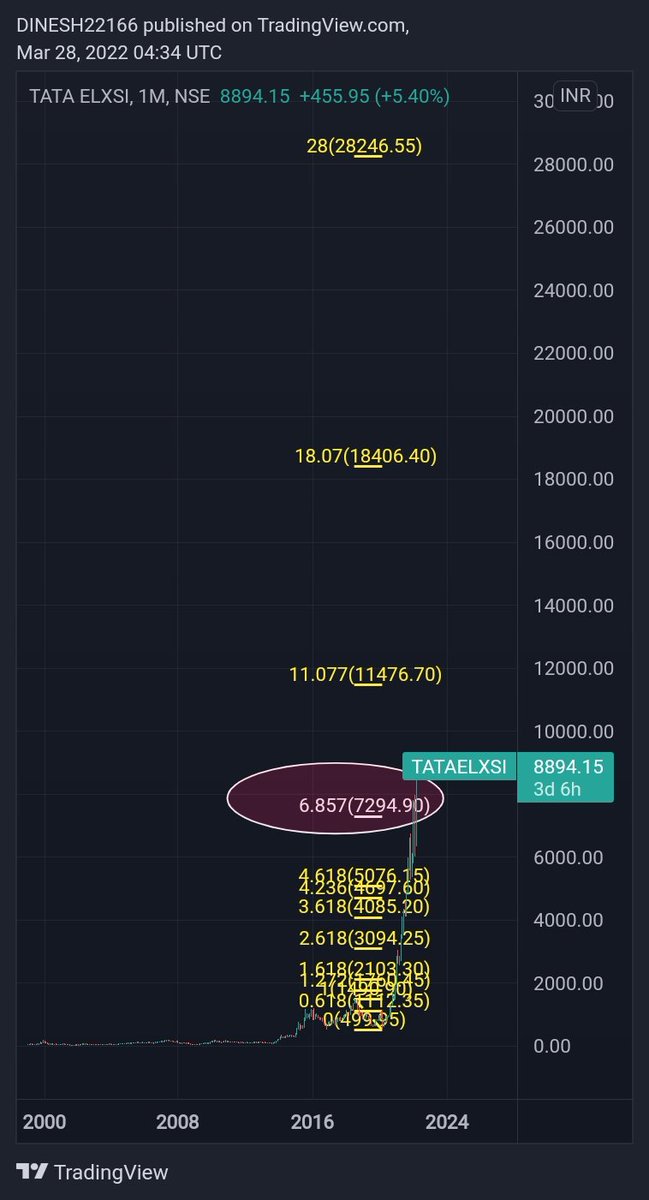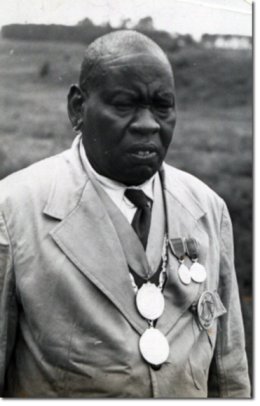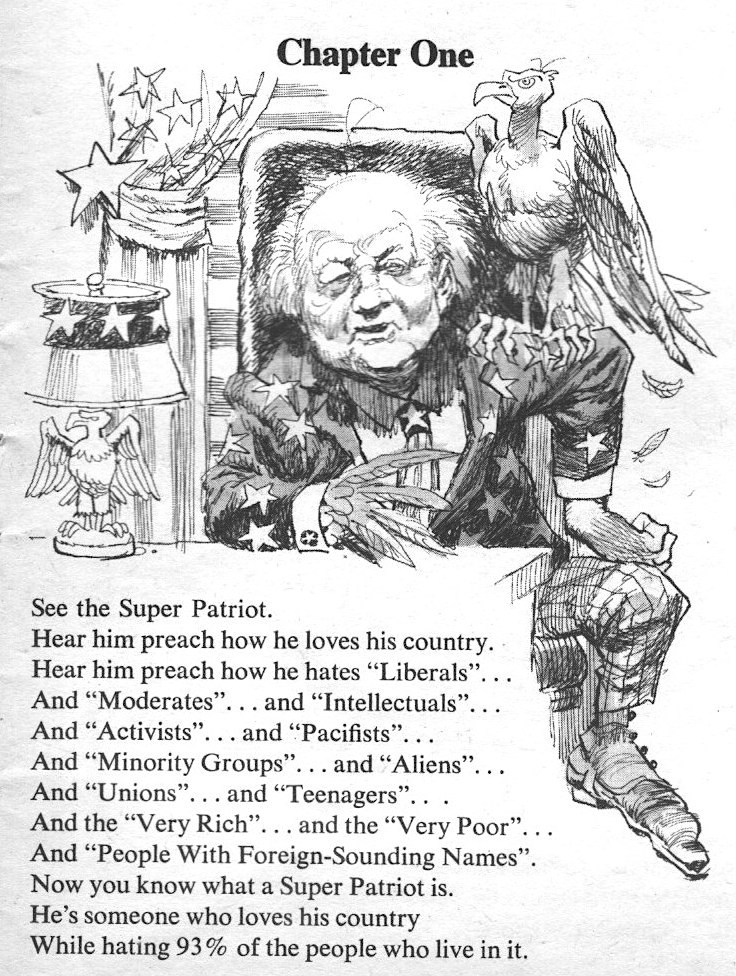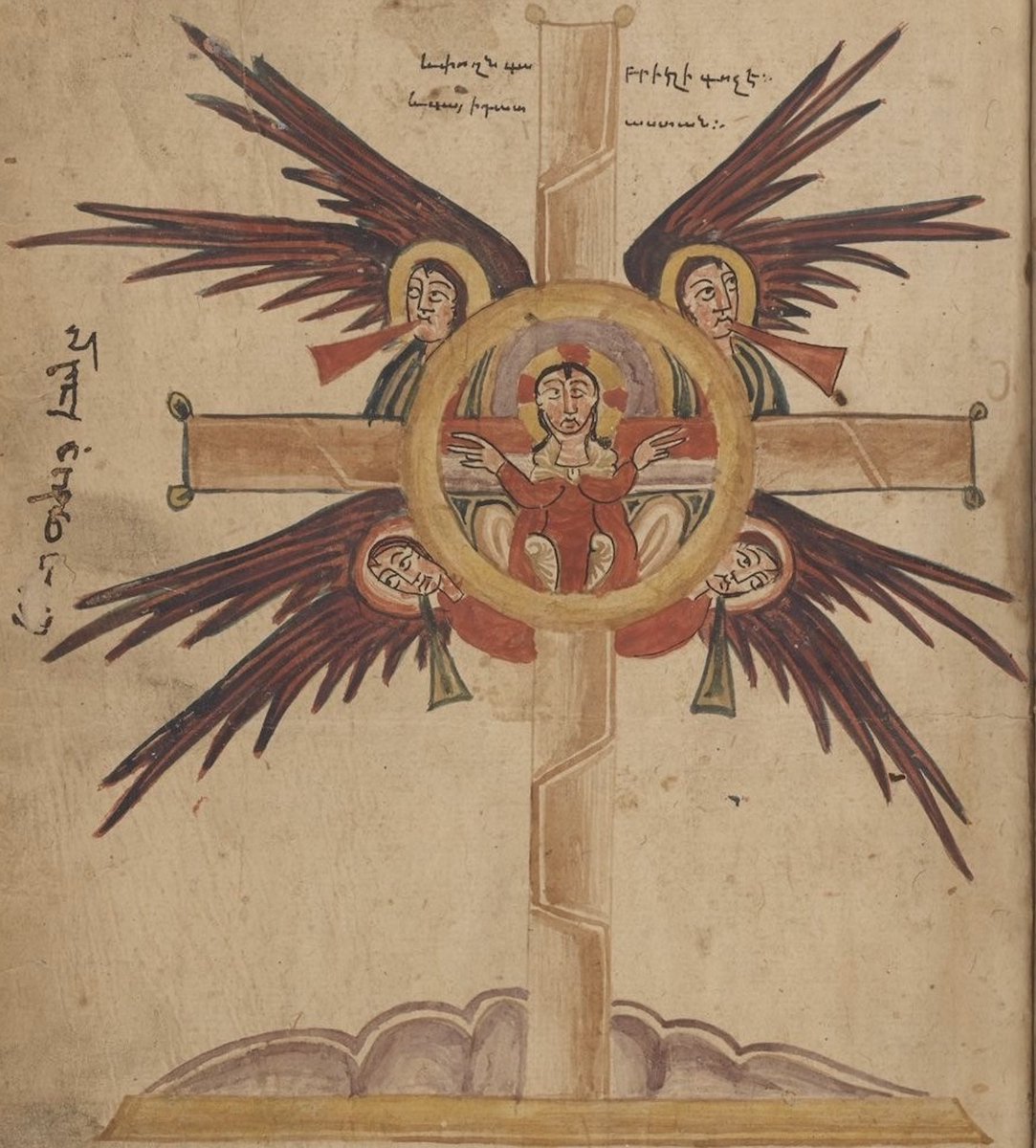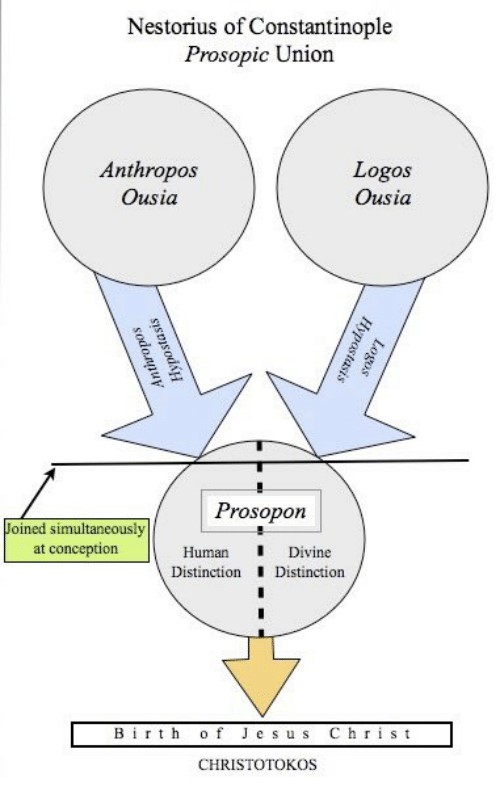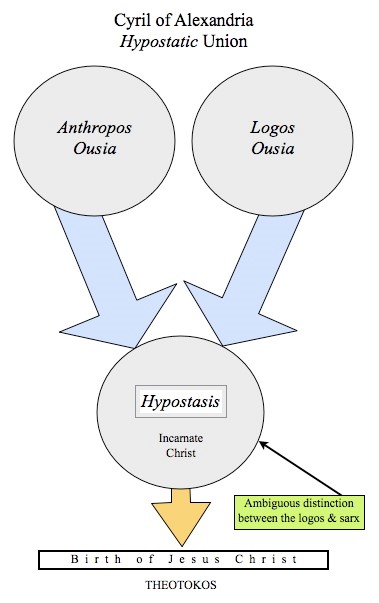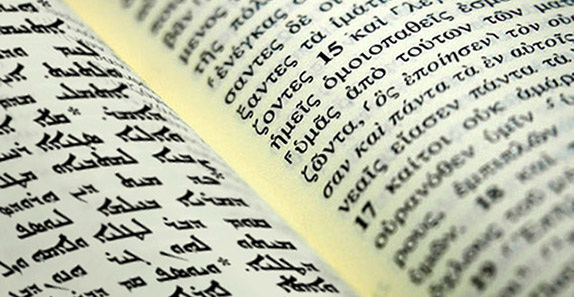Nearing resistance...
Will it respect or breakout like #Mindtree?
#TataElXSI

More from Hardik Upadhyay, CMT.
#Infy is o/s at previous consolidation and trendline support.
Is it a beginning of a trend reversal or just a pullback?
I believe it's the former!
We'll find out tomorrow!
#Infosys #Q4FY21 #FY2021 https://t.co/faOahvcgPK
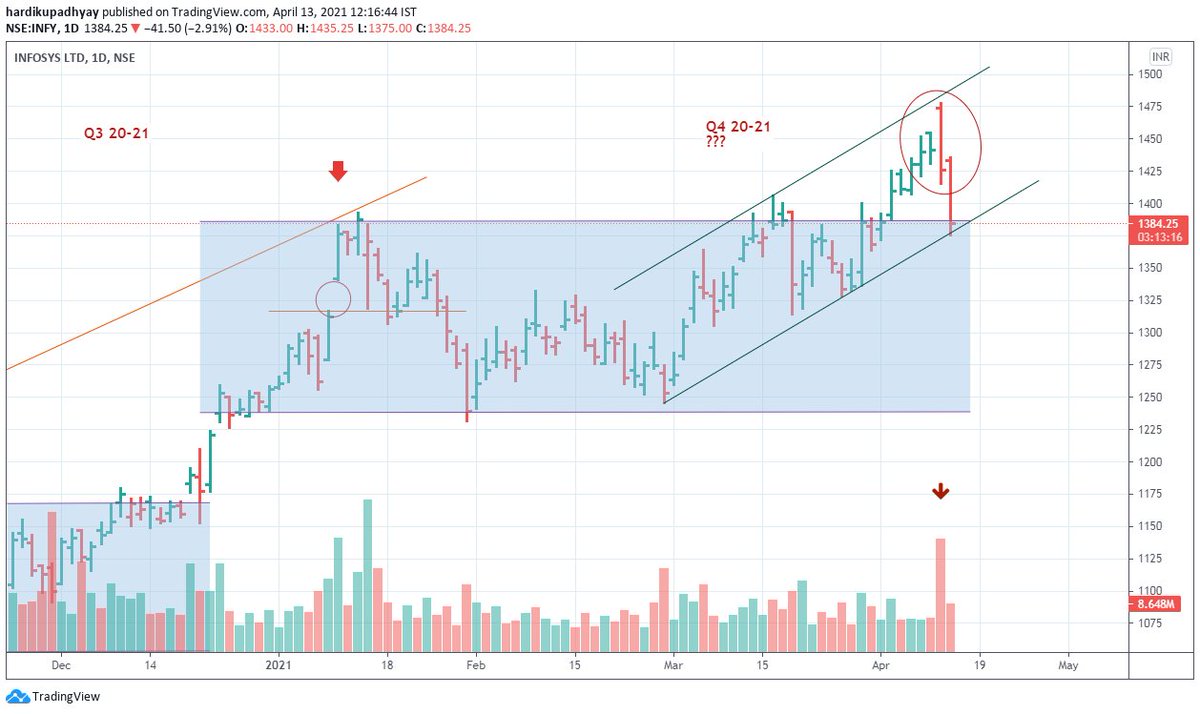
Is it a beginning of a trend reversal or just a pullback?
I believe it's the former!
We'll find out tomorrow!
#Infosys #Q4FY21 #FY2021 https://t.co/faOahvcgPK

Key reversal bar...#Infy pic.twitter.com/3GeYoty9KZ
— Hardik (@tradingwithdyr) April 12, 2021
More from Tataelxsi
#TATAELXSI Update
Previous High holding up as support; Till the time it is held, It's poised for more into the uncharted territory.
#StockMarket #stockstowatch https://t.co/1czL1114bm

Previous High holding up as support; Till the time it is held, It's poised for more into the uncharted territory.
#StockMarket #stockstowatch https://t.co/1czL1114bm

#TATAELXSI Update
— Gurleen (@GurleenKaur_19) August 17, 2021
250+ points running \U0001f4cd#StockMarket https://t.co/gj4lH7FNmH pic.twitter.com/EHwK4C1Ohr
#tataelxsi
2772 - 4455
60% move
it made a fresh breakout recently and looks poised to make further gains
strong stock for huge gains https://t.co/bTizotDqHz

2772 - 4455
60% move
it made a fresh breakout recently and looks poised to make further gains
strong stock for huge gains https://t.co/bTizotDqHz

strong uptrending stock
— Aneesh Philomina Antony (@ProdigalTrader) April 4, 2021
unlikely to accumulate for further long
supply seems to have dried up#tataelxsi pic.twitter.com/btBiDgfxbt







